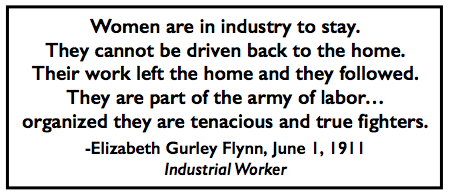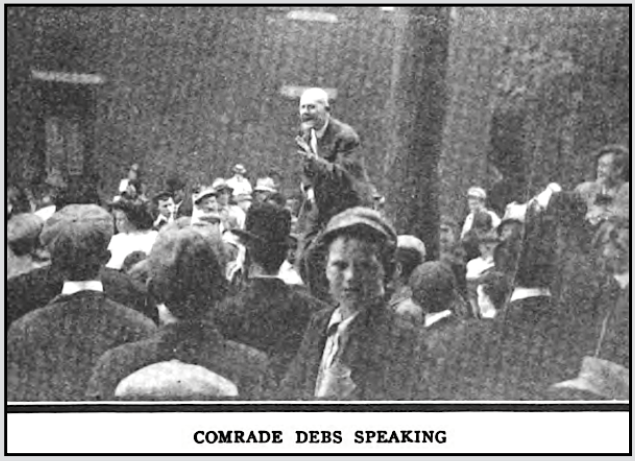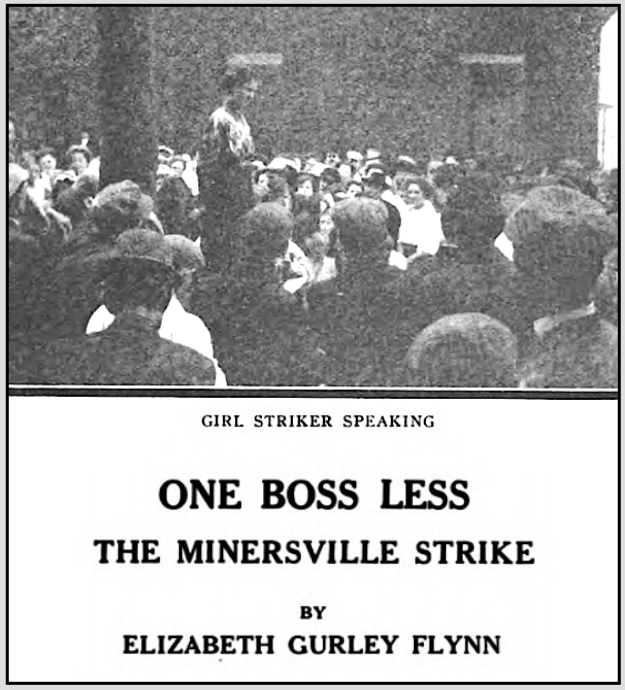 —————
—————
Hellraisers Journal – Sunday July 2, 1911
Elizabeth Gurley Flynn Describes Strike of Young Girls at Minersville
From the International Socialist Review of July 1911:
—–
Coombs became desperate. He threatened to move his factory to Brooklyn, where he claims a site has already been purchased, but the girls realize that he is bound to this region by economic ties which cannot easily be severed. He rents houses and owns a splendid residence in Minersville, and controls factories for Phillips in Tremont, Valley View, Mahoney City, Trackville and other places. Here he is a pillar of society, hobnobs with judges, and has his own automobile. Whereas, his importance would sink into insignificance in a great industrial center.
We are making efforts not only to tie up all of his other plants, but every factory and mill in this region, where wages are inadequate and women are shamelessly exploited. Our attempts in Tremont illustrate our difficulties and Mr. Coombs’ methods. While we were addressing the girls from one factory Mr. Coombs rushed past in his machine and into his factory, where he detained the girls for about five minutes. His intimation that if they listened to the agitators they need not report for work further had effect, for when he dismissed them, they marched convict-like, arm in arm, past the meeting, and could not be induced to listen.
These girls had their wages raised to nine cents to head off a strike. Thus, they are profiting by the struggle of the girls in Minersville, while virtually scabbing on them. Far from being discouraged, however, we feel that Coombs has shown his fear, and we intend to arouse these girls to a realization of the situation.
This strike, the first of its kind in the anthracite region, has been invaluable, as it has served to set ablaze the smouldering rebellion of other women workers. It was followed by a strike in the silk mill of Shamokin, and a partial strike in the silk mill of Pottsville.


